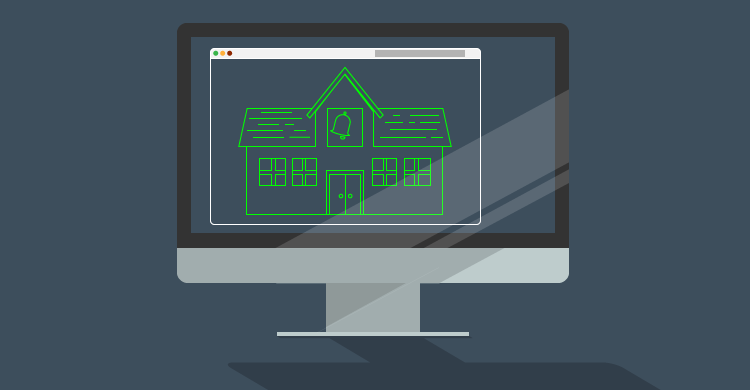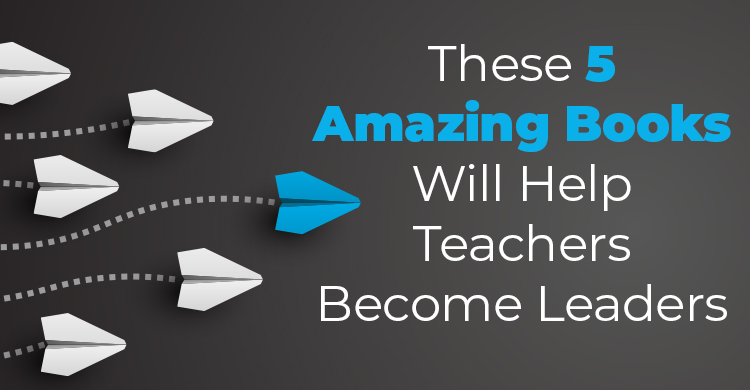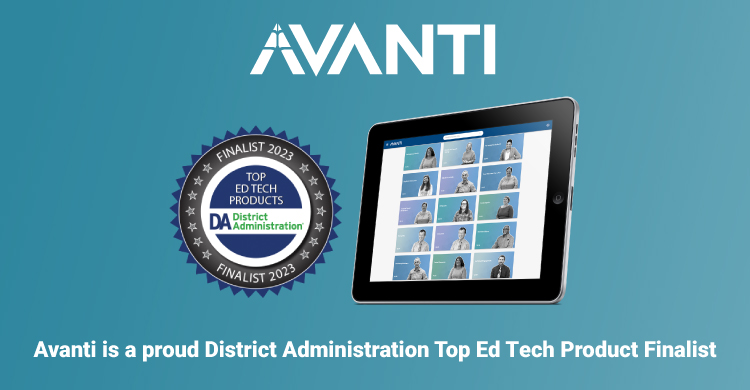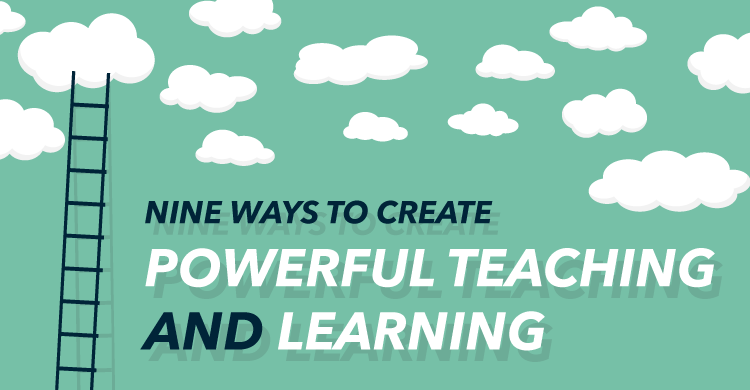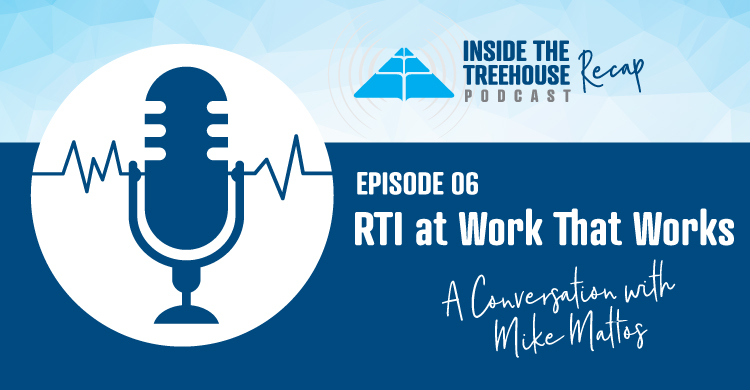It has been an honor to lead a team in planning and opening a public virtual high school available to any student in our state. Our commitment is to offer an education to our virtual students commensurate to that offered at our highly successful brick-and-mortar high school.
How to build success in virtual classrooms
Our traditional campuses are committed to the implementation of Professional Learning Communities at Work™ with RTI at Work™ practices. We approached our virtual school with the same commitment to collaboration, student achievement, and data-driven decision making. While our methods for delivering instruction may be different, providing an education that supports high levels of achievement requires the same “thinking” in a virtual environment as in the brick-and-mortar world.
As we tackled issues from course development and curriculum to designing assessments and interventions, our guiding question has been “How would we do this in a brick-and-mortar building?” We then tried to approximate that action in the virtual environment. A few of the questions and solutions have been:
How do we share data and work collaboratively?
Our traditional campuses have collaborative teacher teams, leadership teams, and schoolwide teams. These processes are replicated in our virtual school. The virtual school teachers work collaboratively to align the scope and sequence for courses with the traditional curriculum, analyze state standards, write common assessments, study best practices, review student data, and share successful strategies. In a process very similar to our schoolwide teams on traditional campuses, teachers and administrators meet after common assessments and locally developed benchmark assessments to review data and determine interventions for students having difficulty.
Due to the self-paced nature of a virtual school, students may not take assessments on the same day. The scope and sequence is designed so that data is collected and responded to about every three weeks. Most students take assessments within a few days of each other, allowing the team to review data on several students at once. The team also meets about individual students who are not on pace. A leadership team consisting of the principal, curriculum director, instructional technology director, director of assessment, and deputy superintendent meet monthly to ensure that all systems, schedules, and necessary student support are in place.
What will our curriculum be?
Our curriculum is written by our teachers and aligned with state standards. Virtual teachers work with our curriculum and technology departments to study the standards they are teaching as well as the technical process for creating meaningful, engaging courses. We use the traditional curriculum as our guide and then make the necessary plans for providing it in an online environment. A process is in place to be sure that all activities are based on standards and lead students to the learning that needs to take place for mastery. This process helps us to ensure that we aren’t falling into the trap of “cute and fun” vs. “engaging and standards based.”
How do we monitor student progress?
Traditional teachers gauge progress with formal and informal assessments of learning. Our virtual teachers use the same formats including one-on-one online meetings between the teacher and student. These meetings provide teachers with opportunities to check for understanding and answer students’ questions as they are learning. Virtual school teachers meet with each student a minimum of one time per week online. These meetings are a critical part of how we monitor student progress and provide Tier 1 support.
How do we provide interventions?
Interventions are prescriptive for each student. Just as in a brick-and-mortar building, we have opportunities for reteaching in Tier 1 as well as tutorial resources. Students frequently screen share with their teacher so that the student can do a math problem or a written assignment while the teacher watches. Then, the teacher can provide immediate feedback on the work. In Tier 2, we increase the one-on-one time with teachers and have additional online interventions and resources to guide students.
If there is a teacher who shows a higher degree of success in teaching a certain standard, they will be asked to meet with the student in an online session for reteaching/tutoring. For example, we may have a teacher from the traditional campus join a virtual school teacher in an online session to reteach a subject.
We may film a lesson taught in a traditional classroom and use the video as an additional tutorial for a concept that a student is having difficulty with, or ask a student to schedule additional meetings with their virtual school teacher so that they can be provided additional instruction. Web-based intervention programs are also available as needed.
How do we know if the students have the necessary technology for virtual learning? How do we know the student’s current academic performance level?
In brick-and-mortar building, we do this with enrollment counseling and a beginning-of-the-year screener or preassessment. In our virtual school, we created a pre-enrollment counseling component, preassessments, and an online survey that counselors can use as a part of pre-enrollment counseling. If students do not have Internet access, we guide them to colleges, libraries, or restaurants in their area that they can use free of charge. Our counselors will also help families by assisting in finding suitable locations and providing this information to them.
If these questions and responses sound similar to what we do in typical schools each day they should. The beliefs, commitments, and questions that guide the PLC at Work™ process are founded on research-based principles that will work in any environment—as long as we have very clear goals, ask the right questions, and maintain a relentless focus on the success of every child. Whether you are in a large school, small school, or virtual school, implementing RTI practices into the daily work of a PLC is a recipe for success.


